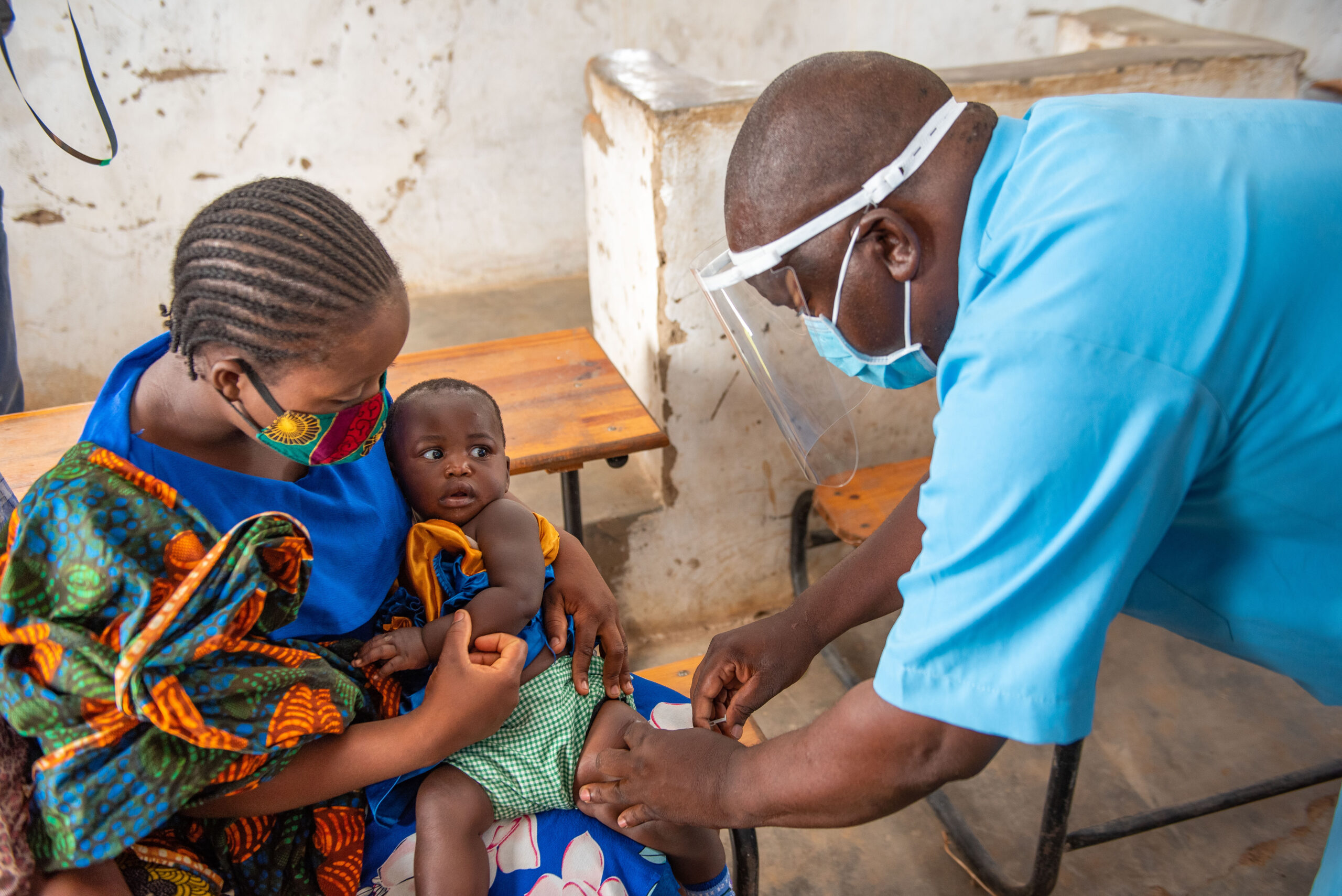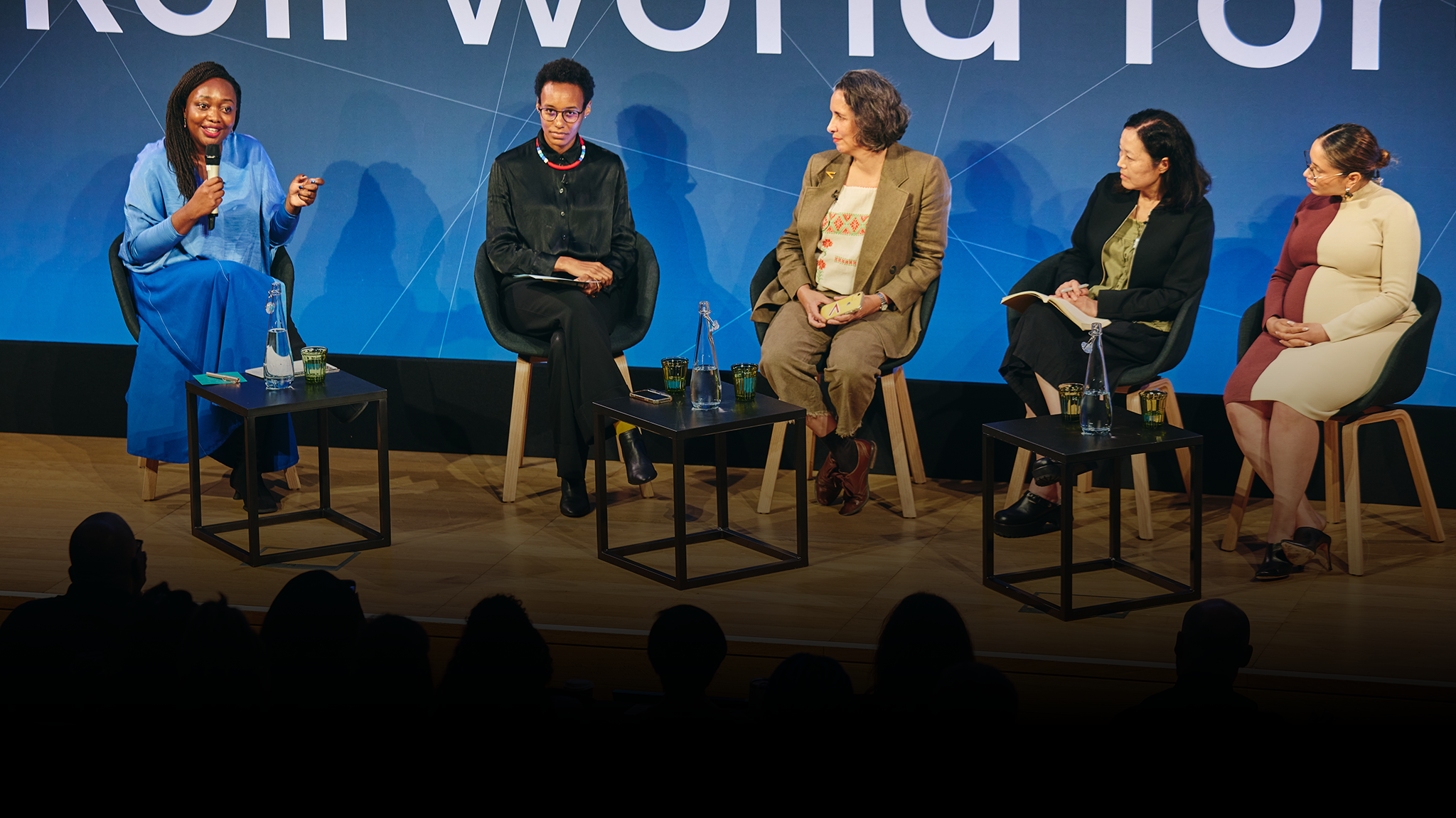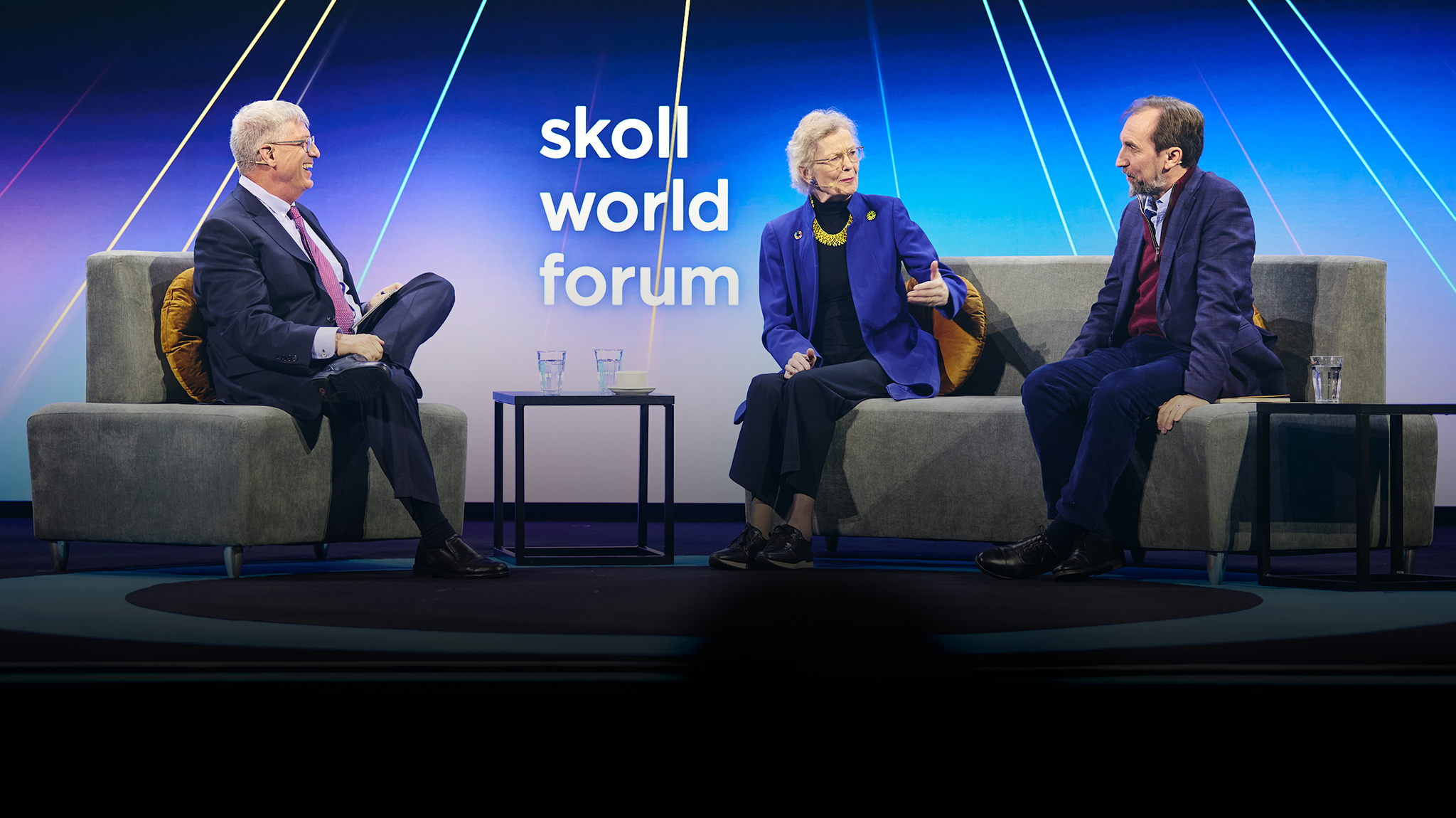Protecting the Community Health Workforce During COVID-19: Getting PPE to the Last Mile
As the second wave of the COVID-19 pandemic bore down in Democratic Republic of Congo in December 2020, Bébé Bola, a community health worker (CHW) in the Pakadjuma township of Kinshasa knew that she and her colleagues lacked the personal protective equipment (PPE) they needed to do their job safely. “We only have a few hydro alcoholic gels and a small number of masks, but this is not enough,” she told Benedicte Waula of VillageReach. “We need the protective materials to continue to do our service well.”
A similar story played out across sub-Saharan Africa as CHWs took to the frontlines with insufficient PPE, risking their lives to protect others and help control the spread.
When the scale of COVID-19 became clear, five organizations—Community Health Impact Coalition (CHIC), Direct Relief, the Community Health Acceleration Partnership (CHAP), Pandemic Action Network, and VillageReach—came together to form the COVID-19 Action Fund for Africa (CAF-Africa), a collaboration of 30+ organizations to supply 900,000 CHWs with PPE in sub-Saharan Africa, based on an analysis of projected need. A recently released CAF-Africa report outlines the impact and process for procuring and distributing PPE to CHWs. It also highlights key recommendations for the future.
Power of Collaboration
Between June 2020 and May 2021, CAF-Africa mobilized more than $18.5 million in financial and in-kind contributions to procure and distribute 81.6 million units of PPE (including surgical and non-surgical masks, KN95 masks, gloves, eye protection, and gowns) for nearly 480,000 CHWs in 18 sub-Saharan African countries.
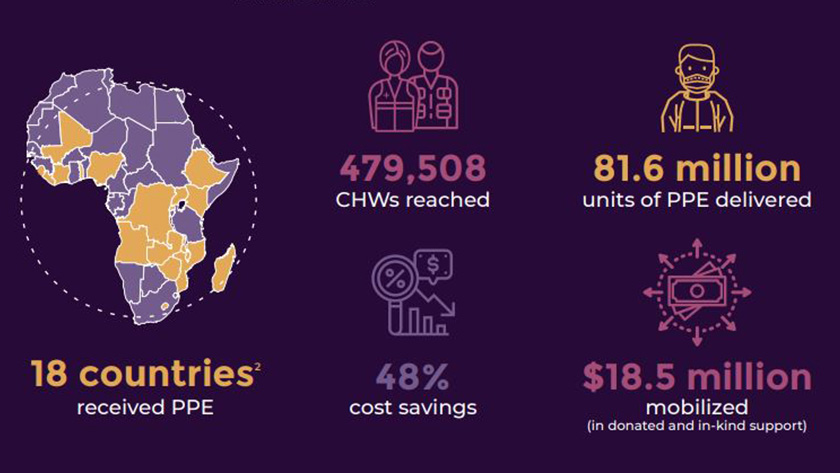
Between August and December 2020, CAF-Africa was the fifth largest procurement mechanism of PPE in the world and the third-largest user of free cargo flights offered by the World Food Programme (WFP) after UNICEF and the World Health Organization (WHO). The CAF-Africa report recommends that “rather than having hundreds of non-governmental organizations (NGOs) procure small amounts of PPE for the CHWs these organizations should pool efforts. This could represent a significant opportunity for cost savings and economies of scale that translates into more product at the country level.”
“The [CAF-Africa] procurement effort led by Direct Relief was the largest such initiative in our organization’s history, and it recognizes the outsized role that CHWs play throughout sub-Saharan Africa,” said Bhupi Singh, Executive Vice President and Senior Advisor at Direct Relief.
The urgency of the need for PPE to protect CHWs in sub-Saharan Africa demands that philanthropic partners be nimble and invested in a collaborative approach. “The Skoll Foundation made an early strategic commitment to support the in-country partners and the secretariat structure that enabled this effort as well as funds to support the last-mile distribution costs,” said Ben Pyne, Principal at the Skoll Foundation.
Sustainable Change
Beyond swiftly responding to critical and immediate needs, CAF-Africa’s efforts also strengthened health systems for the longer term, by encouraging countries to recognize CHWs as essential workers in health service delivery, maintain updated registries tracking their deployment, and incorporate CHW needs into the national supply chain planning and procurement.
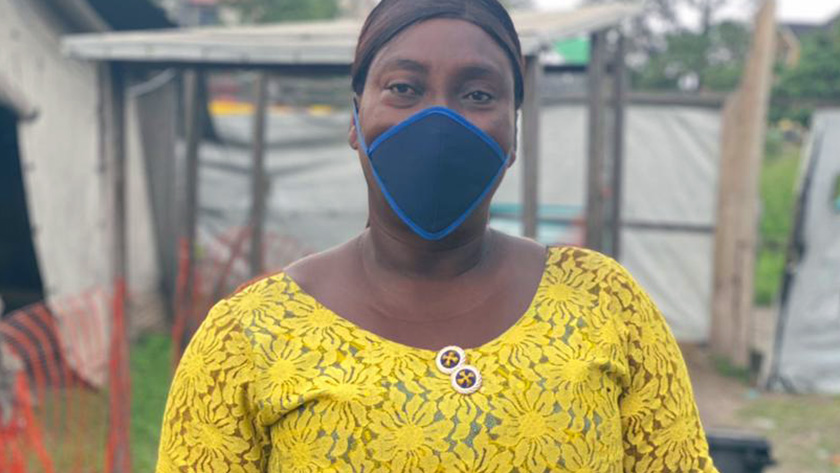
“Properly resourced and equipped frontline CHWs are critical to strengthening health systems for the long term and preventing future pandemics,” Pyne said “CHWs need to be paid fairly, provided with the supplies they need, and properly supported through sustainable long-term financing and strong management systems.”
But first to be properly supplied CHWs must be located and counted. “There is a relationship between how connected CHWs are to the health system and their likelihood of being supplied with PPE and other life-saving supplies,” says Tapiwa Mukwashi, Director, Supply Chain, at VillageReach. “Without a national digital record of CHWs that includes their training and location, governments do not have the data needed to include CHWs in supply planning, procurement, or delivery. CAF-Africa’s work showed us that if we want to ensure CHWs are supplied adequately in the future, we have to invest in these basics.”
Mukwashi points to Sierra Leone and its national CHW registry which helped to easily identify PPE needs for the CAF-Africa initiative. “The allocation of PPE was expedited based on identification of which CHWs were trained as Covid-19 contact tracers,” he said. “This enabled a more targeted allocation of PPE for the two categories of CHWs: those continuing with routine CHW work and those with an even higher risk of exposure through their work as contact tracers.”
Madeleine Ballard, Executive Director of CHIC, adds that such national registries from multiple countries can be aggregated to showcase the skill sets and contributions of CHWs around the globe. “New research shows CHWs who were professionalized—receiving continuous training, supervision, pay—and protected with adequate PPE, maintained health services in their communities, despite COVID-19,” said Ballard. “Disruptions to health care are not inevitable. Professionalized CHWs are key to resilient health systems. They saved thousands of lives.”
Despite this evidence, the majority of CHWs globally remain unpaid and largely unsupported. While cadres of CHWs in Liberia and Uganda are professionalized, their counterparts in Kenya and South Africa are still fighting to get paid. “Protecting and professionalizing CHWs is not rocket science,” says Ballard. “The 2018 WHO guideline lays out 15 key recommendations on common-sense topics from recruitment to fair pay. It’s never been easier to understand and implement these recommendations thanks to easy, checklist quality tools like CHW AIM.”
Read the full report for more details on these and other recommendations for the future.
CAF-Africa is an ongoing effort to meet the continued needs of PPE for CHWs. To learn more email info@cafafrica.org
Raphael Salanga HSA Nkhunga Health Centre Nkhotakota district Malawi. Photo credit – Homeline Media
